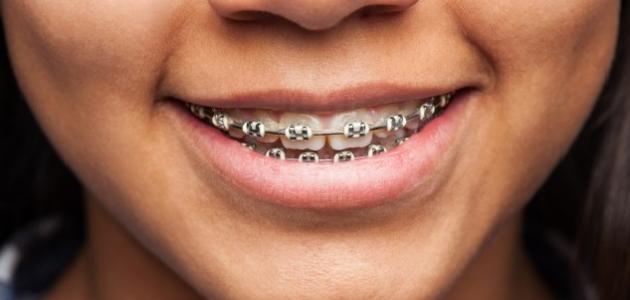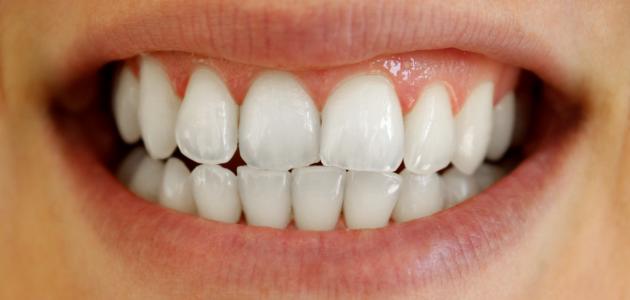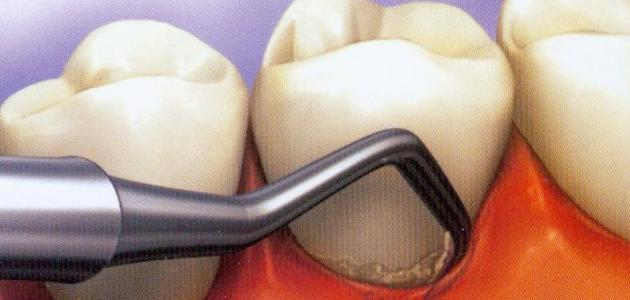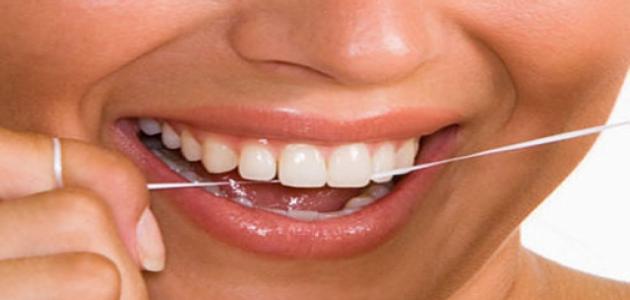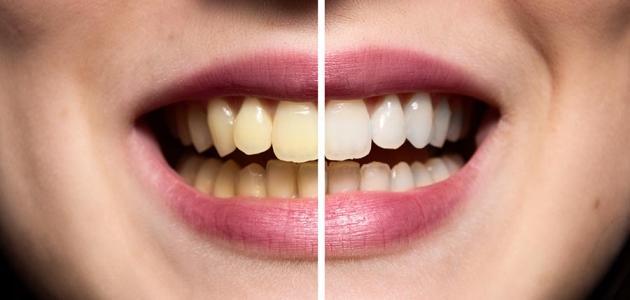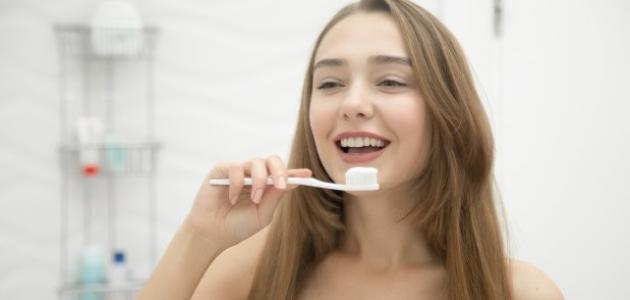Contents
Orthodontics
Orthodontics, orthodontic braces, or orthodontic treatment is one of the methods of treating problems of irregularity and malocclusion, and it may be used for purely cosmetic reasons in order to improve the general appearance of a person's teeth, or for therapeutic reasons related to how the jaw and teeth work in order to improve The process of chewing and eating, and this ensures the preservation of the gums, teeth and jaws in the long term by distributing pressure on all teeth, in addition to its ability to facilitate the process of cleaning teeth, and it is worth noting that childhood is the most appropriate period for this step, but adults and older people can Also resort to orthodontic treatment . [1]
Orthotic devices are available in two types; Static and mobile devices, as mobile devices are used to treat simple problems; Such as: simple crooked teeth and thumb sucking problem, and they are temporarily removed during eating and brushing teeth, while fixed devices are the most common type and are used in cases that require accuracy in treatment, [2] so controlling the correction of teethIt is larger with the use of fixed braces, and in this context it is indicated that fixed braces consist of struts that are temporarily attached to the teeth and connected between them by flexible wires that allow the teeth to move, and they are fixed by rubber rings, and these abutments are usually metal, but if they are used for adults It is preferable to resort to the plastic or ceramic type of them, and it is worth noting that the patient cannot remove this type of braces himself and this is the reason behind its name as fixed, and it is necessary to seek the help of a doctor to remove it in a correct and timely manner, and this article will explain how to remove fixed orthodontics. . [3]
How to remove braces
The orthodontic is removed at the end of the orthodontic treatment period specified by the doctor and the desired results are obtained. This process is easy and simple and does not cause pain to the person, and this includes the following: [4] [5]
- Removing rubber and wires in the same way that the device is adjusted during regular visits to the doctor.
- Remove the abutments that were attached to the teeth by pressing on the base of the abutments and trying to loosen the adhesion between them, but the adhesive substance will remain on the teeth; This means that the teeth and enamel layer are not damaged by the installation of the braces.
- Removing the adhesive material remaining on the teeth later using a hand tool similar to that used to remove tooth decay, and it is indicated that the pain associated with it is less severe because this procedure is not accompanied by the removal of any of the tooth structures, and after removing all the adhesive, the gums may become inflamed . However, it will subside and improve within a few days as you continue to follow the instructions for care and cleaning.
How long to keep orthodontics
The length of time to keep orthodontics varies from person to person, and it depends on several factors, including the following: [6]
- The severity of the problem.
- Healthy teeth, gums and jaw bones.
- How well the patient adheres to the instructions.
- The distance the teeth must move.
- The amount of space available in the jaw.
In general, the orthodontic is kept for a period ranging from one to three years, after which it is removed, while continuing to use the retainer all the time during the first six months after the braces are removed, and then it becomes used only during sleep for several years depending on Doctor's estimates, [6] It is worth noting that adults need to keep the braces for a longer period compared to younger people, but they can achieve the same results in terms of correcting dental curvature and jaw protrusion because the facial bones have stopped growing and changing. [7]
Care after orthodontic removal
Care after orthodontic removal includes the following: [8] [6]
- Using braces after removing the braces, to ensure that the straight teeth remain in place for a period of time that varies from person to person, known as the retention period; This ensures that the teeth do not return to their previous position by keeping the teeth fixed in place until the bones, muscles and gums adapt to the change that has occurred, and it is worth noting that the fixation is specific to each patient, and it is made of plastic or metal wires with plastic, and it is indicated that these The retainers are usually mobile, but there are also types of them that may be fixed or a combination of fixed and movable together. [8] [6] Visit, where prints are made to find out the new arrangement of the teeth and create a fixation suitable for the condition. [5]
- Visiting the doctor for a comprehensive cleaning of the mouth and teeth, although the orthodontist removes the remaining adhesive material from the teeth after removing the braces But you need to visit it again for a thorough cleaning. [5]
- Teeth whitening, and it is resorted to in the event that there is a noticeable difference in the color of the teeth, the location of the abutments and the surface of the enamel, although it is possible to whiten the teeth during the straightening stage using toothpaste or preparations designed for this, but it is better to wait and postpone doing this step until the braces are removed to avoid For any damage to the straightening components or the difference in color consistency. [5]
- Conducting many X-ray images and taking dental imprints after removing the braces, in order to ensure the integrity of the teeth and monitor the growth of wisdom teeth, and in this context it is recommended to remove wisdom teeth as soon as they appear; To maintain the straightness of the teeth and prevent them from returning to what they were before the calendar. [6]
References
- ↑ "Orthodontic treatment" , www.dentalhealth.org , Retrieved 7/8/2020. Edited.
- ↑ Yvette Brazier (May 24, 2018), “? How can orthodontic treatment help” , www.medicalnewstoday.com , Retrieved August 7, 2020. Edited.
- ↑ "Orthodontics" , westpointdental.co.uk , Retrieved 7/8/2020. Edited.
- ↑ Yolanda Smith, B.Pharm (Feb 26, 2019), “Procedure for Dental Braces , ” www.news-medical.net , Retrieved Aug 7,2020. Edited.
- ^ A b t w Gary Hirsh, a DDS, the MS, "The Dental Braces Procedure: Treatment, Removal And Recovery" , Www.yourdentistryguide.com , Retrieved Join Date : Aug 7.2020. Edited.
- ^ A b t w c Michael the Friedman, a DDS (October 09, 2019), "Dental Braces And Retainers" , the www.webmd.com , Retrieved August 07,2020. Edited.
- ↑ "Dental braces" , www.mayoclinic.orgs , May 21, 2019, Retrieved Aug 7,2020. Edited.
- ^ A b " the AND TESTS PROCEDURES Dental Braces" , Www.nchmd.org , 5/21/2019, Retrieved 7/8/2020. Edited.
